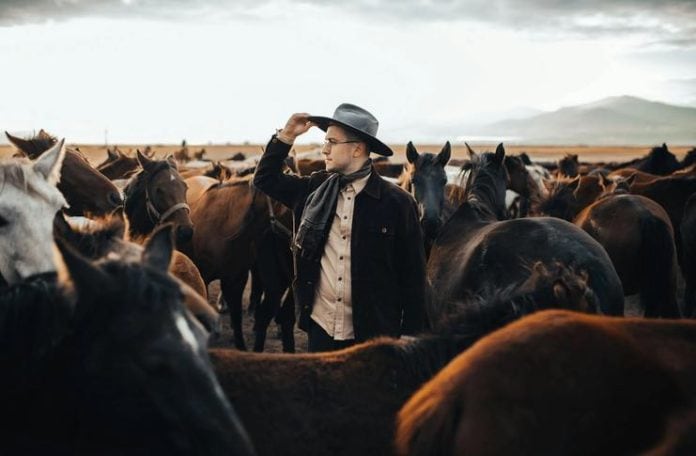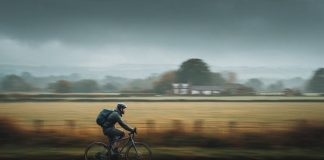
Colorado’s rugged landscapes offer some of the best opportunities to see wild horses in their natural habitat. Whether visitors are outdoor enthusiasts or horse lovers, Colorado has distinct locations where they can witness these majestic creatures roaming free.
How do people get their horses in Colorado? No, it’s not legal to claim a wild horse – They simply buy a horse if they want one. And the laws and regulations have come so far that for those looking to own a home in Colorado and keep horses, there are several key requirements.
Properties need to meet local zoning laws, which typically dictate how many horses are allowed based on the land size. Most experts recommend at least 1 to 2 acres of land per horse, though more space is often beneficial for proper grazing and care.
The property should have shelter, such as a barn or stable, some go for a shed instead, a reliable water source, and secure fencing to contain the horses. It’s also essential that the property is in an area zoned for equestrian use, as certain neighborhoods or regions may have restrictions.
It’s that hard, so wild horses are pretty much well distinguished from domestic breeds.
Now, for visitors wanting to experience wild horses in their natural environment, here are three of the best locations in Colorado for scenic views and wild horse encounters:
Steamboat Springs
Nestled in the heart of northwest Colorado, Steamboat Springs is renowned for its breathtaking mountain vistas and world-class skiing. But beyond the slopes and ski lodges, there’s a quieter side to this picturesque town—one where wild horses roam free against a backdrop of rolling hills and open valleys.
The nearby Yampa River Valley, with its expansive meadows and winding streams, is a place where the untamed spirit of the Mustang lives on.
Visitors who take the time to explore the outskirts of Steamboat may be rewarded with a glimpse of these majestic creatures galloping across the land, their manes flowing in the breeze, embodying the very essence of freedom.
It’s a magical sight—horses that have roamed this area for generations, untouched by human hands, grazing peacefully against the dramatic landscape of the Rockies.
Even if the horses remain elusive, the stunning views alone make Steamboat Springs a must-visit for anyone in search of a connection with Colorado’s wild beauty.
If you’re planning a few days in the area, here are a few more tips:
Sand Wash Basin
For those seeking a true wild horse experience, few places rival the untamed allure of the Sand Wash Basin. Located in a remote corner of northwest Colorado, this vast stretch of desert is home to one of the largest and most vibrant herds of wild horses in the state.
Here, the rugged terrain and wide-open spaces evoke a sense of isolation and serenity, where time seems to slow, and the horses roam without boundaries.
Watch this video to get a glimpse:
As visitors traverse the sandy roads, the landscape unfurls like a scene from a Western film—wild mustangs, with their powerful builds and graceful strides, moving effortlessly across the plains.
Their coats, ranging from chestnut to dappled gray, blend with the dusty earth, yet they stand out as symbols of endurance and survival.
The Sand Wash Basin’s raw, unfiltered beauty is not just a photographer’s dream; it’s a reminder of the wild heart that still beats strong in Colorado’s remote corners. Watching the mustangs interact in their natural habitat, with nothing but the wind and open sky surrounding them, is an experience that leaves a lasting impression.
Little Book Cliffs Wild Horse Area
Near Grand Junction, tucked between dramatic cliffs and plateaus, lies the Little Book Cliffs Wild Horse Area. Spanning over 36,000 acres, this remote sanctuary is one of Colorado’s most cherished places for observing wild horses in their element.
The sheer scale of the landscape, with its rugged canyons and towering cliffs, is humbling. Visitors who hike through this wild expanse are often greeted by the sight of horses grazing on grassy plateaus or navigating rocky terrain with ease.
What makes Little Book Cliffs so captivating is not just the horses but the dramatic interplay between the land and its inhabitants. The deep canyons and expansive plateaus create a natural amphitheater, where the sounds of hoofbeats echo against the rock walls, reminding visitors of the timeless connection between these animals and the land they call home.
Watch this video to get a glimpse:
As the sun sets over the cliffs, casting long shadows and bathing the landscape in warm, golden light, the sight of a wild herd silhouetted against the horizon is a moment of pure, untamed beauty—an image that captures the spirit of the West in its truest form.
Endnote
While wild horses in Colorado capture the hearts of many visitors, it’s important to understand the legal boundaries in place to protect them. It is illegal to feed, approach, or attempt to capture wild horses, as they are safeguarded by federal law under the Wild Free-Roaming Horses and Burros Act.
Visitors must observe these majestic animals from a respectful distance, allowing them to roam freely as intended. Any interaction that disrupts their natural behavior, such as trying to ride or claim them, is strictly prohibited.
Admire them as part of the landscape, but always respect the laws that keep them wild and free.









